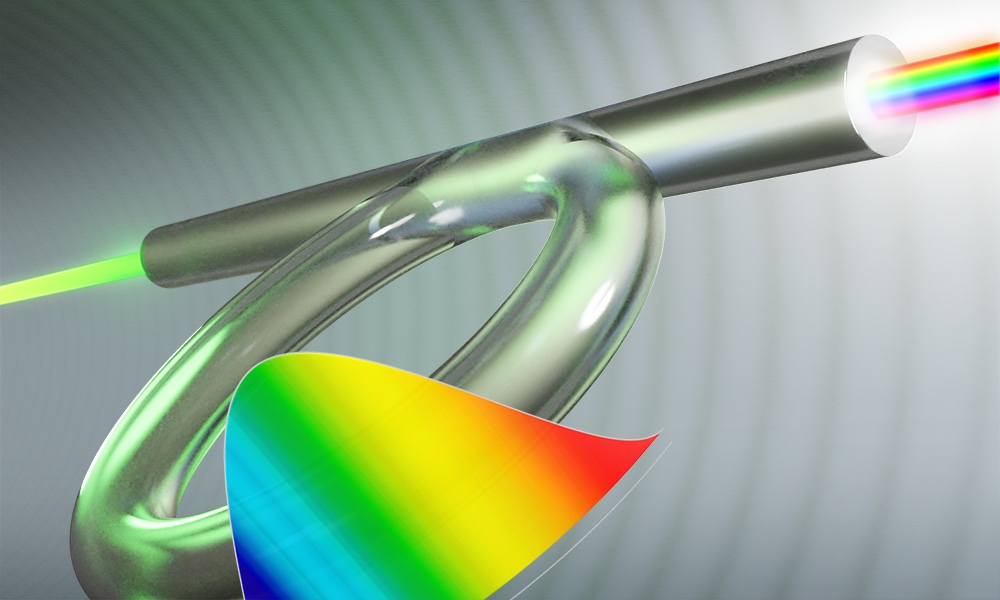
Novel chirped pulses defy ‘conventional wisdom’
Rochester researchers have advanced a groundbreaking technique first pioneered at the University’s Laboratory for Laser Energetics. As a result, they’ve produced chirped pulses in a way that works even with relatively low-quality, inexpensive equipment.
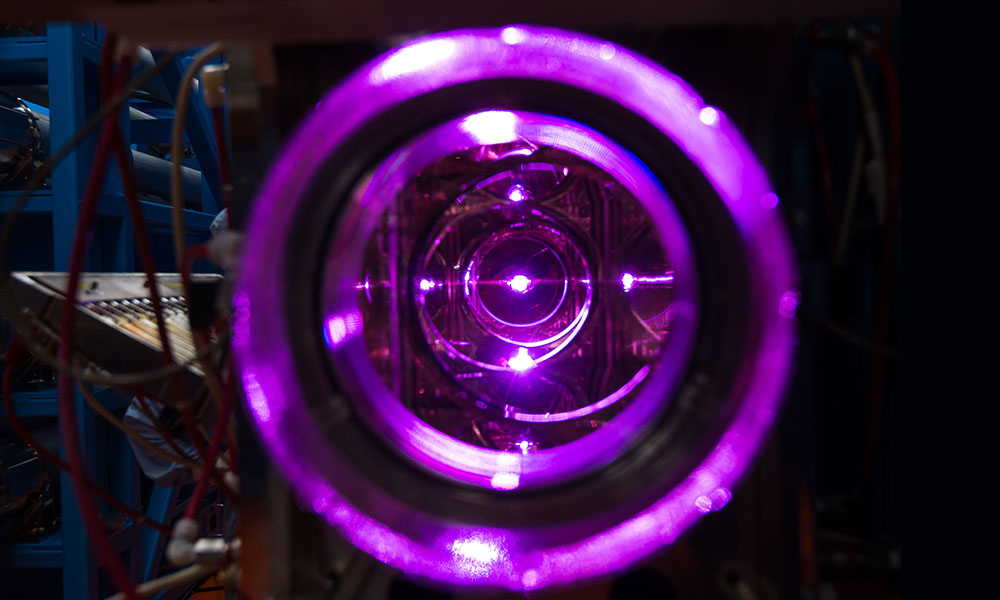
The year of the laser
In addition to their Nobel noteworthiness, Rochester researchers continue to develop new ways to apply lasers in research, medicine, and everyday life in 2018. Because frankly, we’re big on lasers.
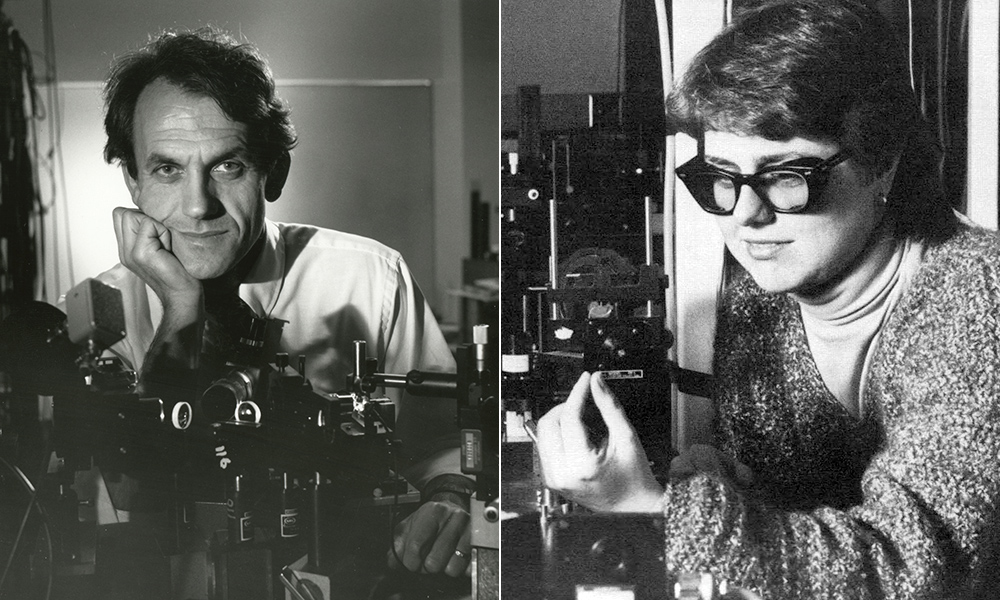
Rochester breakthrough in laser science earns Nobel Prize
University of Rochester doctoral graduate Donna Strickland ’89 (PhD) and former optics faculty member Gérard Mourou shared the Nobel Prize in Physics today for work they undertook at the University’s Laboratory for Laser Energetics. Their breakthrough paved the way for the creating very short and very intense laser pulses now used in a variety of applications, from LASIK eye surgery to the manufacturing of materials used in cell phones.
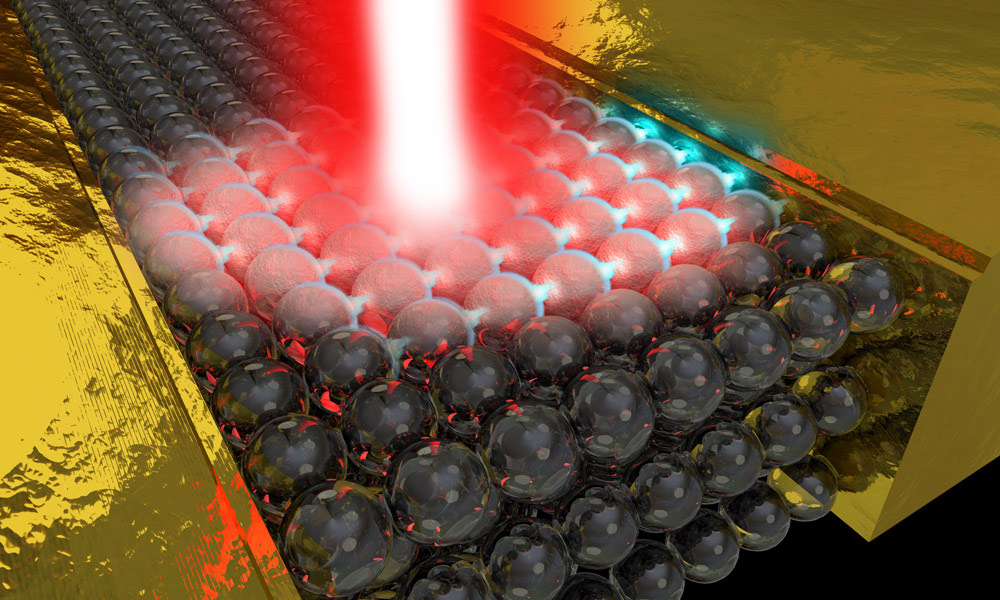
Laser bursts generate electricity faster than any other method
A University researcher who predicted that laser pulses could generate ultrafast electrical currents in theory now believes he can explain exactly how and why actual experiments to create these currents have succeeded.

Schumer and Gillibrand announce $80 million for LLE in Senate bill
This Senate bill must now be reconciled with the House of Representatives’ bill, which included $68 million for LLE. Both bills reject the Administration’s budget request to cut the Lab’s FY19 funding dramatically and to phase out of all federal support for LLE in three years.
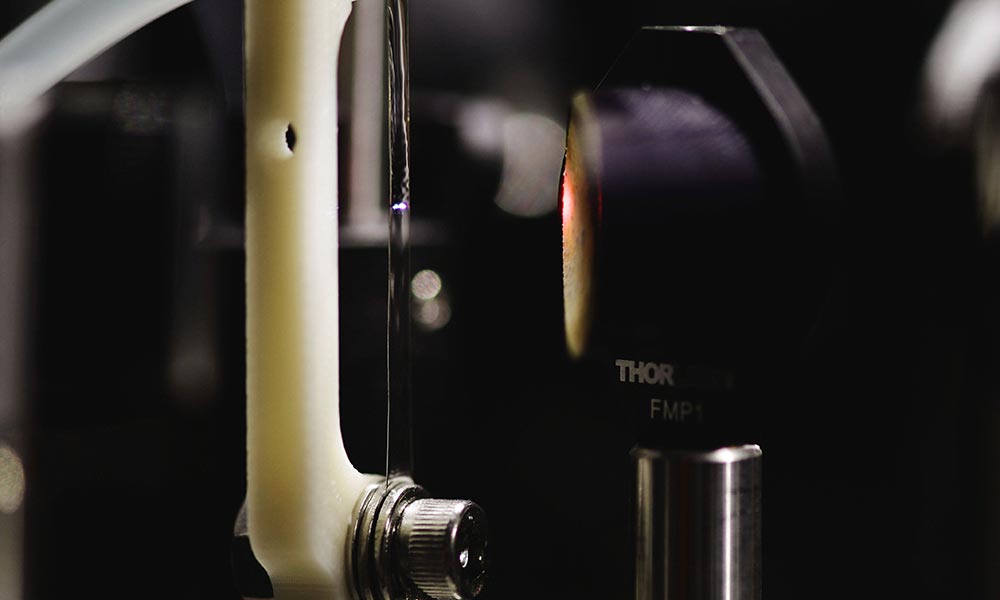
Generating terahertz radiation from water makes ‘the impossible, possible’
Optics professor Xi-Cheng Zhang has worked for nearly a decade to solve a scientific puzzle.
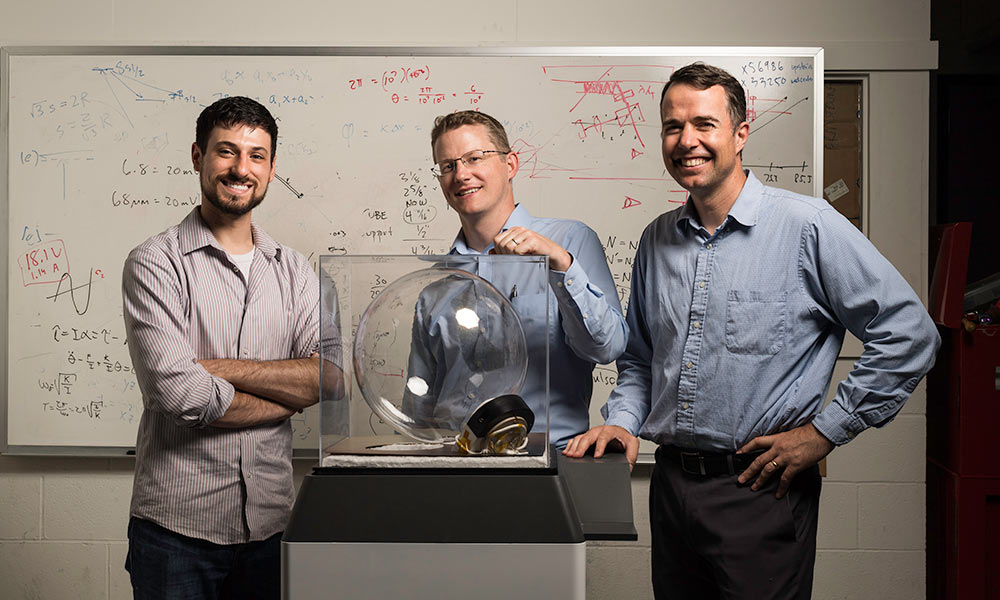
Researchers use lasers to display ‘true’ 3-D objects
3-D displays, once only found in science fiction, are now closer to reality using a 3-D volumetric display where viewers can see images in three dimensions without the use of special glasses or filters.
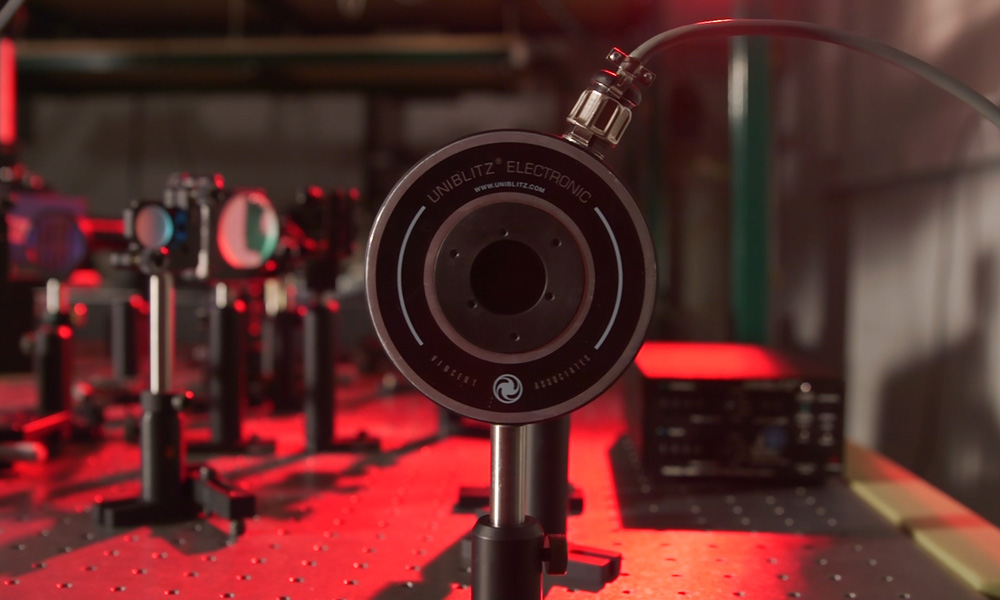
Imaging at the speed of light
Chunlei Guo and his team have used lasers to make materials extremely water repellent. Now the researchers can visualize, for the first time, the complete evolution of micro- and nanoscale structural formation on the material’s surface.
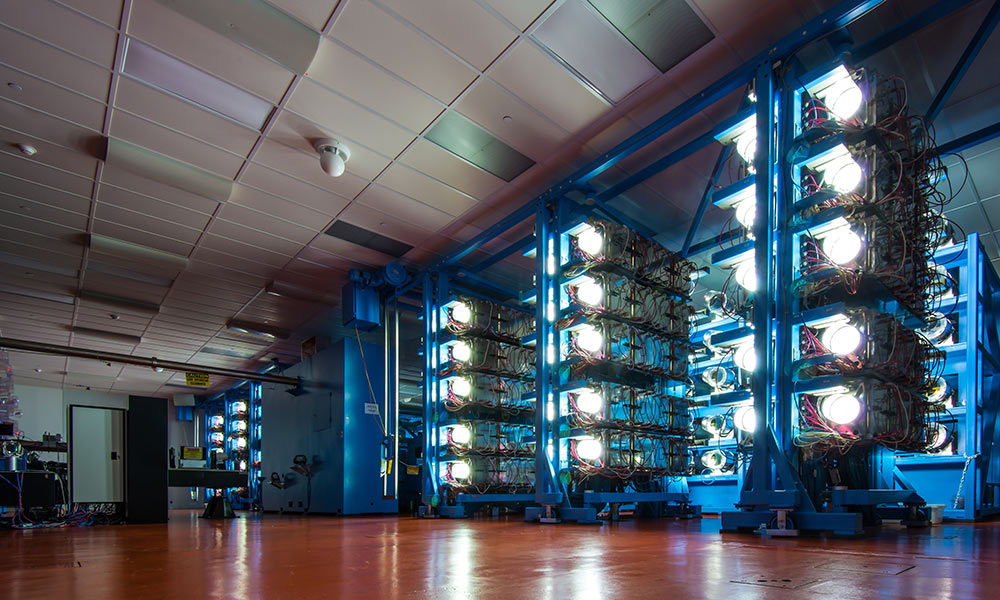
A first for direct-drive fusion
Experiments have created the conditions capable of producing a fusion yield that’s five times higher than the current record laser-fusion energy yield. The new work represents an important advance in a long-standing national research initiative to develop fusion as an energy source.
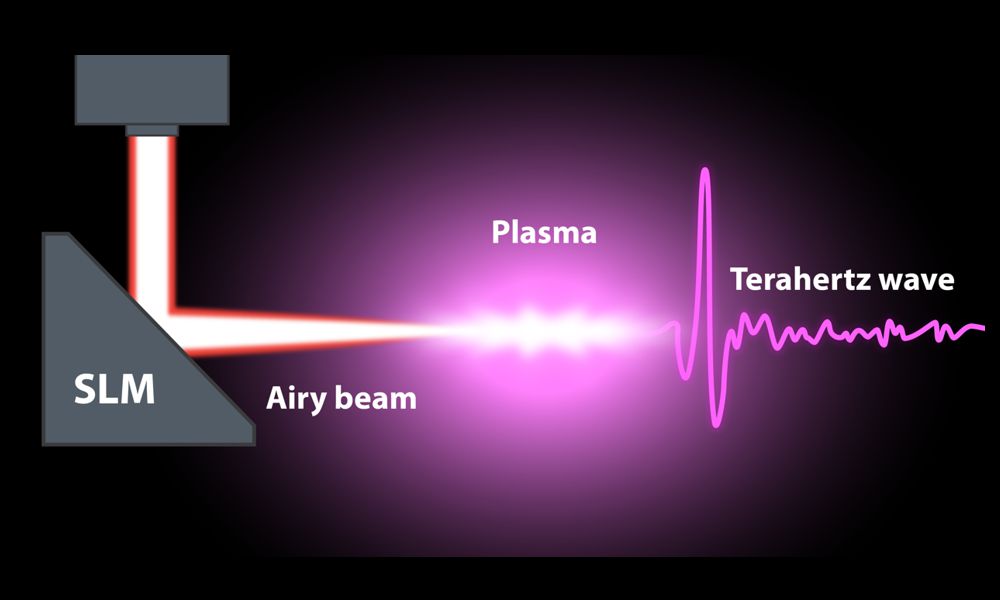
Stronger terahertz waves allow safer detection of hidden objects
Terahertz (THz) waves are capable of sensing and imaging objects behind barriers, making them a promising tool for Homeland Security and other law enforcement agencies.
